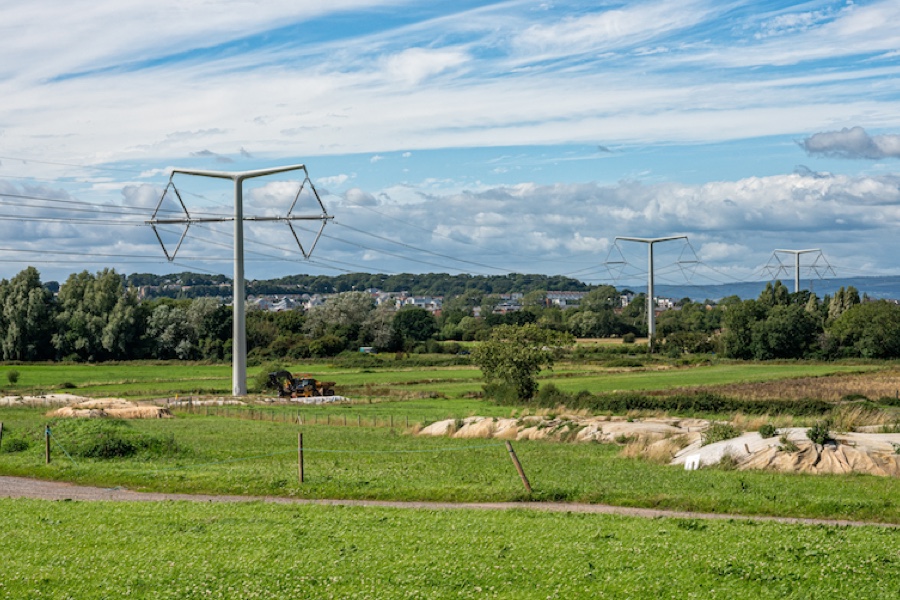
Energy resilience is currently a huge focus for the UK’s energy industry. Russia’s invasion of Ukraine and volatility in the Middle East have shown that the country needs to become more self-reliant when it comes to energy. After two years of predicted shortages, high wholesale prices and obstacles to net zero, it’s time to start building that resilience again.
Two new proposed energy transmission projects are positive examples of how the UK is moving in the right direction, rapidly transitioning to secure our energy supply with readily available, cheaper and greener power. In this article, we’ll tell you more about them.
Introducing the superhighway
Plans for a new electricity ‘superhighway’ between England and Scotland are reportedly progressing well.
SSEN Transmission and National Grid Electricity Transmission (NGET) have signed contracts with Prysmian, Bam and Hitachi Energy to create the converter stations for the Eastern Green Link 2 (EGL2). The project’s centrepiece is a 2GW subsea transmission cable linking Peterhead in Scotland to Drax in Yorkshire. This cable will be 436km long, making it comfortably the UK’s longest High Voltage Direct Current (HVDC) cable.
The aim of this project is to get power from offshore wind stations off the Scottish coast into the National Grid much faster. Work is due to start this year with a targeted launch date in 2029.
In addition, an application for a second superhighway has been submitted. This project will link Torness in East Lothian to Hawthorn Pit in County Durham. Together, the cost for the two superhighway projects comes in at £3.4 billion.
Interconnector links to Europe
Our next story involves Ofgem recommending approval for two high-voltage cable links to Europe, which will help power up millions of homes across the continent.
As the UK moves towards net zero, the ability to import and export energy efficiently is seen as an important step. This is because the UK’s clean energy (primarily wind power from the North Sea) is often at the mercy of the weather. When the wind isn’t blowing and the turbines don’t produce enough power, we need to be able to bring in energy from other places. Conversely, the ability to export when energy stocks are high helps cut costs and waste.
The first project is LionLink, connecting the UK and Netherlands power grids, as well as joining Britain’s grid infrastructure to Netherlands wind farms in the North Sea. This link could provide an extra 1.8GW of energy capacity. The second project is the Tarchon Energy interconnector, delivering a link between Germany and the UK, and providing 1.4GW of extra capacity. Currently, Britain has 11.7GW of interconnection capacity, with these two projects potentially adding 3.2GW more.
While Ofgem has recommended the go-ahead to these two projects, it remains unconvinced about six other proposed interconnector projects, for which it will not recommend approval.
Exciting times
These projects are hugely positive for the UK’s energy industry. Interconnectors deliver significant advantages, including:
- Connecting the UK to other markets by subsea cables
- Boosting import potential for energy resilience
- Simplifying exports of excess power
- Cutting waste – the UK no longer has to pay to turn generators off during times when too much energy is being generated
- Helping the transition to net zero
We hope to see many more such projects in the future, as it showcases the best of the UK energy industry. In the future, thanks to projects like these, we can produce cheaper and greener energy, lessening our reliance on Russia and the Middle East.
